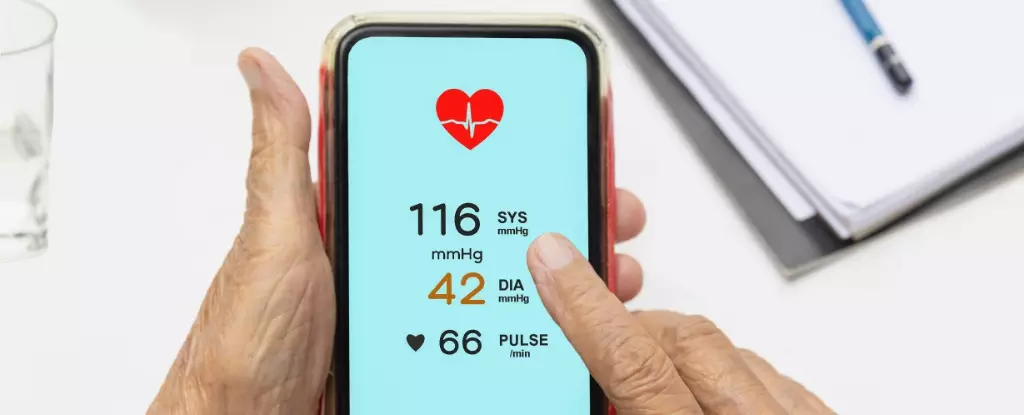Hypertension, commonly known as high blood pressure, poses significant threats to health, including the potential for heart attacks, stroke, and kidney failure. Alarmingly, countless individuals remain undiagnosed, elevating their risk of severe health complications. The urgency to monitor blood pressure accurately and consistently cannot be overstated. Conventional methods require specialized equipment and professional intervention, which may not be readily available to everyone, particularly in underserved communities. Addressing this gap through technology could revolutionize personal health monitoring.
The Innovative Smartphone Solution
Researchers from the University of Pittsburgh have embarked on an ambitious project that harnesses the technology embedded in smartphones for blood pressure estimation. They have developed an Android app that utilizes the device’s accelerometer, camera, and touch sensors to gauge arterial pressure remotely. This app could empower users with vital health insights without the traditional barriers of medical visits. Dr. Ramakrishna Mukkamala, a biomedical engineer involved in the research, highlights the unique advantage this app offers, particularly in populations lacking access to regular healthcare resources. As many people own smartphones but may not have blood pressure cuffs or frequent doctor visits, this innovation presents a crucial opportunity for self-monitoring.
Traditional methods for measuring blood pressure typically involve a sphygmomanometer, a device designed to compress the arm’s primary artery in order to assess pressure fluctuations. This process requires careful calibration and significantly limits accessibility. The new smartphone app circumvents these challenges by employing alternative methodologies. Instead of applying external pressure as a cuff would, the app captures the effect of gravity and the user’s fingertip pressure on the screen. This innovative approach is realized by instructing users on how to manipulate their hand positions to alter blood flow, enabling the app to derive pulse pressure readings based on users’ interactions.
Dr. Vishaal Dhamotharan elaborates on the science behind this method, explaining that by elevating the hands, hydrostatic pressure changes occur in the thumb, reflected in the readings captured by the mobile device. This breakthrough suggests that smartphones could not only serve as communication tools but also as vital health monitors. The researchers have conducted preliminary studies with 24 participants, and the app’s estimations have been found to be reliably within 8 mm Hg of more traditional measurements, showcasing its potential for accurate health assessments.
Despite the promising beginnings, the road ahead is not devoid of obstacles. Researchers acknowledge the need to reevaluate the perception of pulse pressure as a credible indicator of blood pressure levels. Educational initiatives may be necessary to foster acceptance within the medical community and among users. Furthermore, the current accuracy, although commendable, requires refinement. Continuous advancements in the app’s algorithms and calibration techniques will likely enhance its reliability in everyday use.
Dr. Sanjeev Shroff from the University of Pittsburgh voiced the larger aspiration behind this development, emphasizing the need for a cuffless blood pressure measurement device that does not rely on external calibration. The mainstream adoption of such technology could redefine how individuals monitor their health, especially for those lacking regular access to healthcare services.
The development of this smartphone application could signify a pivotal shift in personal health monitoring. By making blood pressure assessment accessible, this innovation stands to bridge the gap for individuals who are currently overlooked in traditional healthcare settings. As advancements continue, there exists tremendous potential for this app to empower individuals, promote health awareness, and ultimately save lives. The integration of health technology into daily life presents an optimistic future where users can take proactive measures in managing their health—revolutionizing not only individual well-being but also public health overall. As we invest in such innovations, the quest for improved health monitoring tools should remain a priority, ensuring that vital health information is always within reach.


Leave a Reply